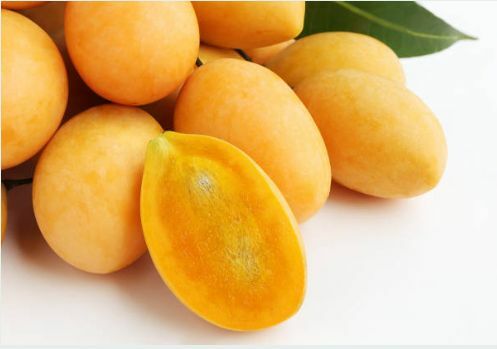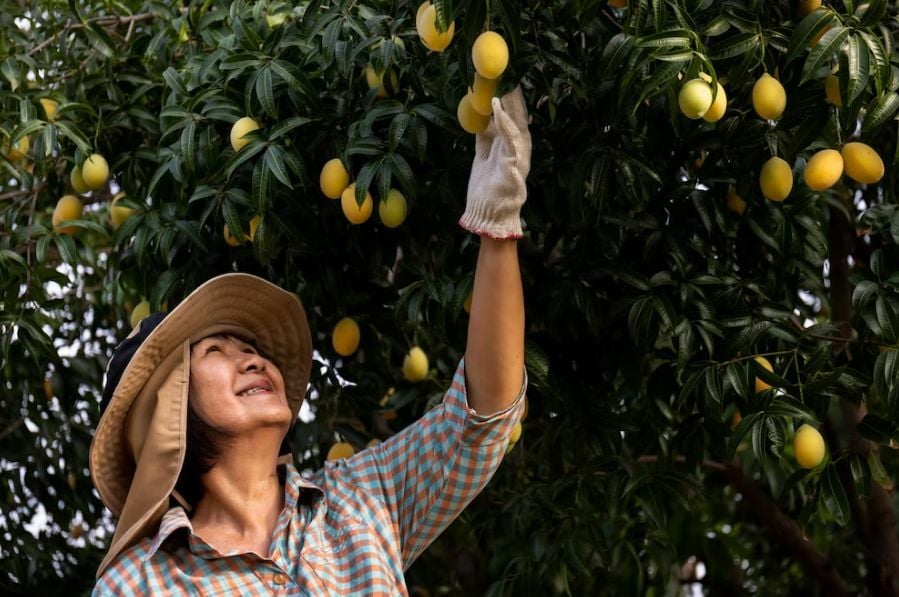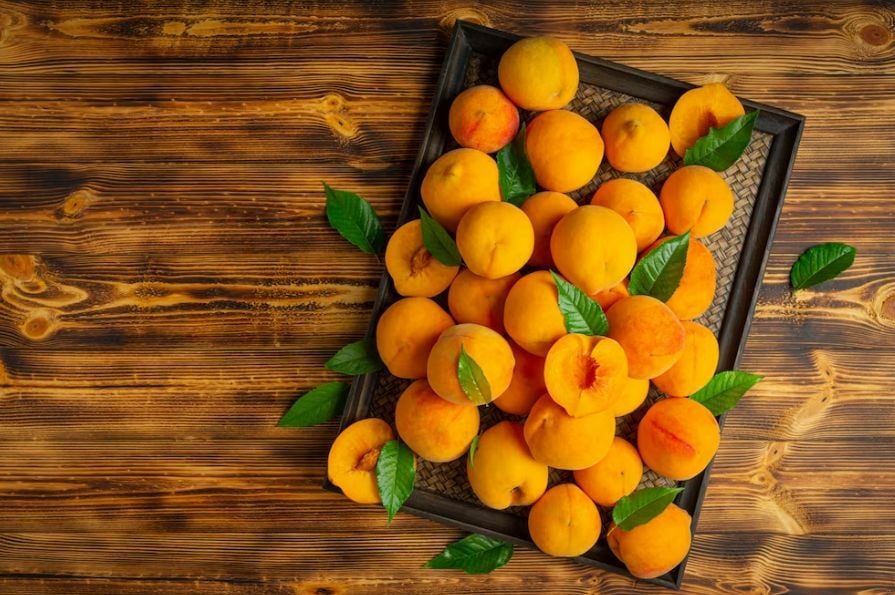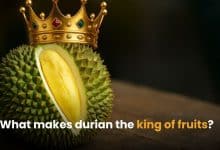Discovering Mayongchid: The sweet and tangy Marian Plum

Mayongchid, also known as Marian plum or Plum mango, is a fruit that is native to Southeast Asia and is commonly found in countries such as Indonesia, Malaysia, and the Philippines. The fruit is similar in appearance to a small mango, with yellowish-green skin that turns slightly purple as it ripens.
The flesh is yellow and juicy, with a sweet and tangy flavour that is often compared to that of a combination of mango and plum. Mayongchid can be eaten fresh, but it is also commonly used in jams, jellies, and other desserts. It is also believed to have several health benefits, including being a good source of vitamin C and antioxidants.
One way that Mayongchid spread to other countries was through human migration and trade. As people travelled between different regions, they would bring new foods and plants with them, including Mayongchid. The fruit is also easy to grow from seeds, and it can adapt to a range of climates and soil types, which made it relatively easy to cultivate in new areas.

Mayongchid is also an adaptable fruit that can grow in a range of climates and soil types. It has naturalized in several countries where it was introduced and has become an important fruit crop in those regions. For example, Mayongchid is grown commercially in Colombia and is known as “ciruela criolla” or “criollo plum.”
In addition, Mayongchid has been introduced to other countries through horticultural research and experimentation. Researchers and growers have studied the fruit’s characteristics and found ways to improve its cultivation and production, which has led to the development of new varieties and the spread of the fruit to new areas. Today, Mayongchid is grown commercially in several countries around the world, including Brazil, Colombia, Jamaica, and Sri Lanka.
Benefits of Mayongchid
1. Rich in nutrients
Mayongchid is a good source of vitamin C, vitamin A, potassium, and dietary fibre. Vitamin C is a powerful antioxidant that helps to boost the immune system and protect the body from harmful free radicals. Vitamin A is important for eye health, while potassium helps to regulate blood pressure and maintain healthy heart function. Dietary fibre is essential for digestive health.
2. Antioxidant properties
Mayongchid is rich in antioxidants, which help to protect the body from oxidative stress and reduce the risk of chronic diseases such as cancer and heart disease. Antioxidants also help to slow down the ageing process and improve skin health.
3. Digestive Health
Mayongchid is a good source of dietary fibre, which helps to promote healthy digestion and prevent constipation. The fruit also contains enzymes that aid in digestion.
4. Immune System Support
Mayongchid is rich in vitamin C, which is essential for immune system function. Vitamin C helps to boost the production of white blood cells, which are responsible for fighting infections and diseases.
Where can I find Mayongchid in Thailand?
In Thailand, Mayongchid is commonly found in local markets and supermarkets, especially during its peak season from May to September.

You can find Mayongchid in most fruit markets throughout the country, including those in Bangkok, Chiang Mai, Phuket, and other cities. Some popular markets to find Mayongchid include the Chatuchak Weekend Market and Or Tor Kor Market in Bangkok, the Chiang Mai Night Bazaar in Chiang Mai, and the Banzaan Fresh Market in Phuket.
Mayongchid is also commonly used in traditional Thai desserts, such as Namkhaeng Sai and Tub Tim Krob. These desserts can be found in many local restaurants and street food stalls throughout Thailand. Do you love Thai desserts and would like to try other varieties? Check out the 8 Thai desserts you must try before you die.
If you’re visiting Thailand and want to try Mayongchid, look for vendors selling the fruit in local markets or try it in traditional Thai desserts. You can also find Mayongchid in some supermarkets and grocery stores throughout the country, although availability may vary depending on the season.
Latest Thailand News
Follow The Thaiger on Google News:


























